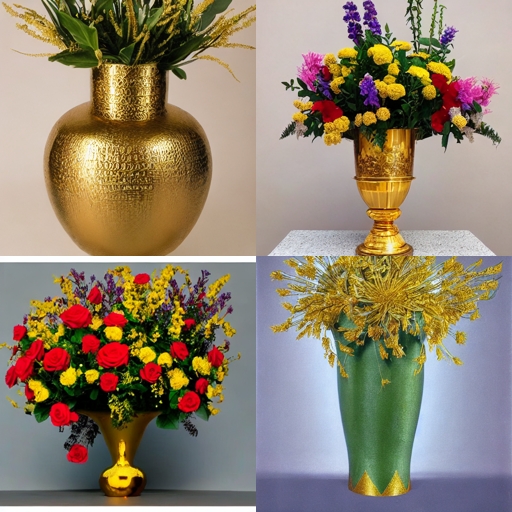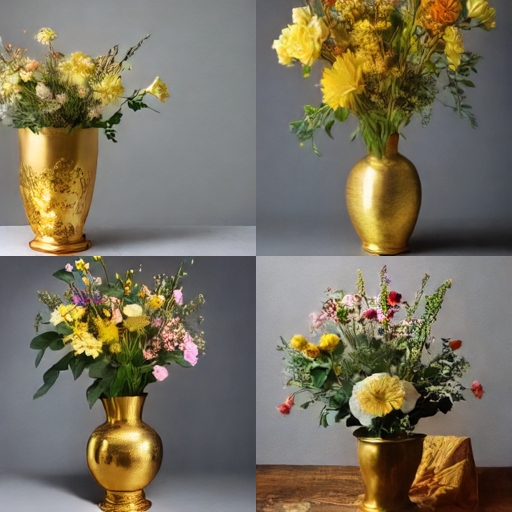Distilled Stable Diffusion inference
Distilled Stable Diffusion inference
Stable Diffusion inference can be a computationally intensive process because it must iteratively denoise the latents to generate an image. To reduce the computational burden, you can use a distilled version of the Stable Diffusion model from Nota AI. The distilled version of their Stable Diffusion model eliminates some of the residual and attention blocks from the UNet, reducing the model size by 51% and improving latency on CPU/GPU by 43%.
Read this blog post to learn more about how knowledge distillation training works to produce a faster, smaller, and cheaper generative model.
Let’s load the distilled Stable Diffusion model and compare it against the original Stable Diffusion model:
Copied
from diffusers import StableDiffusionPipeline
import torch
distilled = StableDiffusionPipeline.from_pretrained(
"nota-ai/bk-sdm-small", torch_dtype=torch.float16, use_safetensors=True,
).to("cuda")
original = StableDiffusionPipeline.from_pretrained(
"CompVis/stable-diffusion-v1-4", torch_dtype=torch.float16, use_safetensors=True,
).to("cuda")Given a prompt, get the inference time for the original model:
Copied
Time the distilled model inference:
Copied


Tiny AutoEncoder
To speed inference up even more, use a tiny distilled version of the Stable Diffusion VAE to denoise the latents into images. Replace the VAE in the distilled Stable Diffusion model with the tiny VAE:
Copied
Time the distilled model and distilled VAE inference:
Copied

Last updated